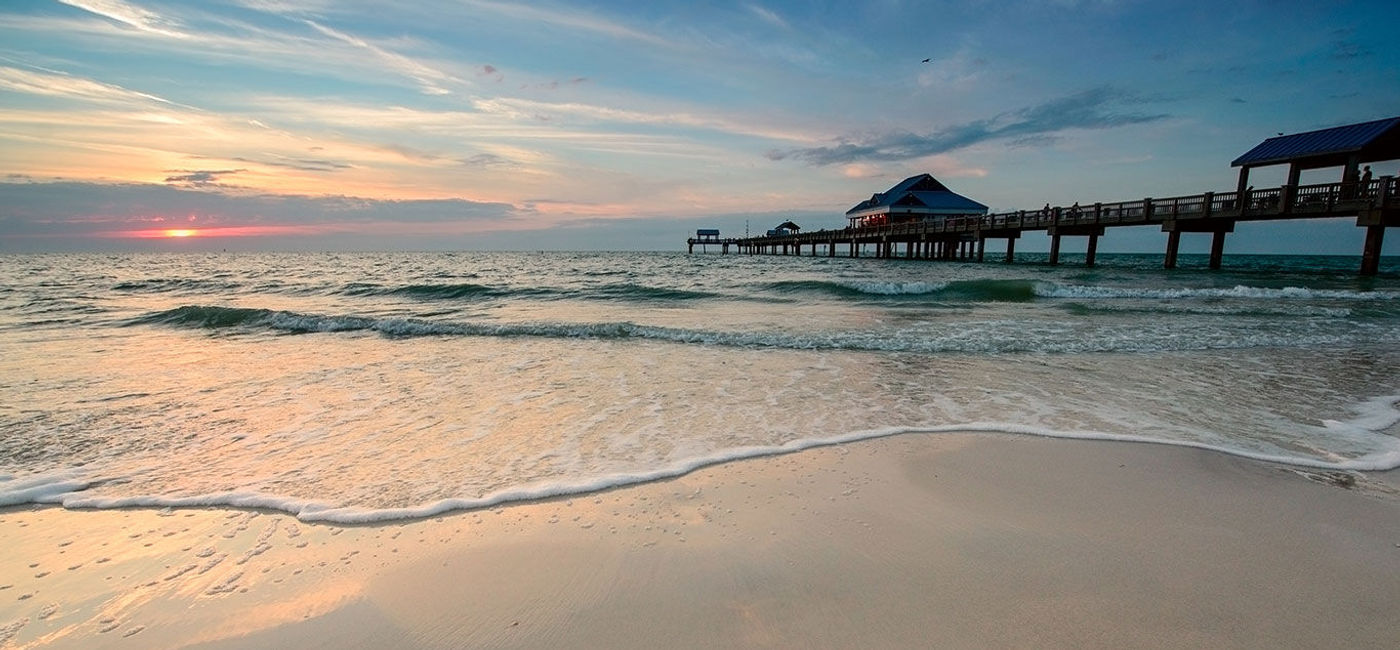Climate Change Impact: Predicted Shrinking of Tourist Beaches

As the record breaking triple-digit temperatures of the past week or more have made abundantly clear, climate change is no joke and it’s dire impacts are unfolding all around us.
Rapidly warming global temperatures have a variety of impacts on the planet including causing sea level rise. More than a third of the world’s coastlines are made-up of sandy beaches and rising levels may contribute to the disappearance of half of these beaches by the end of the century, according to research from the European Commission Joint Research Center.
A more recent study from HawaiianIslands.com, which was based on an analysis of the European Commission data, shows which shorelines worldwide are most likely to change (or disappear) by 2100. Using the European Commission research, The Hawaiian Islands team calculated the average change in shorelines for Tripadvisor’s most reviewed beaches.
The data provides reveals tourist beaches most at risk worldwide as well as the top 15 beaches predicted to shrink the most on each continent.
In North America, Mexico’s Playa Akumal in Cancun is the tourist beach that the new report says will shrink the most by the year 2100. It is predicted that the beach will lose some 265.9 meters of shoreline.
In the United States, the iconic Clearwater Beach is most at risk facing potential lose of 193.4 meters of shoreline. Across the pond in the United Kingdom, Scarborough Beach in Yorkshire may see the loss of 145.6 meters of shoreline.
Potential Shoreline Shrinkage Worldwide
Globally, the beach most at risk of shrinkage as sea levels rise is in Lagos, Nigeria. The country’s Landmark Beach is facing losing 918.3 meters of shoreline. Next up is Cyprus’ Mackenzie Beach, where some 660.9 meters of shoreline may disappear.
The first North American beach to show up on the list is Mexico’s Playa Akumal, which lands in 11th place in the ranking of most threatened shorelines.
The most threatened beach in the United States is Delaware’s Cape Henlopen State Park, which is ranked 16th internationally among shorelines threatened by sea level rise. The park is located at the mouth of the Delaware Bay and includes more than six miles of coastline.
The only other U.S. beach to appear in the top 20 globally is Florida’s Clearwater Beach, which comes in at 19. Known for its powdery white sand, the beach is consistently named one of America’s best beaches.
